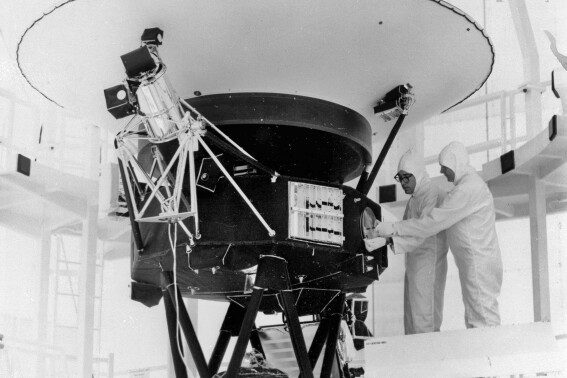A hoard of Viking Age treasure dated to around 1,000 years ago has been discovered by metal detectorists.
John Crowe and David O'Hare uncovered the hoard in May this year while metal detecting on the Isle of Man—a self-governing British Crown dependency located between Great Britain and Ireland in the middle of the Irish Sea.
The hoard consists of around 36 silver Viking Age coins—both whole and fragmented—and has now been declared Treasure by the Isle of Man Deputy Coroner of Inquests Rebecca Cubbon, Manx National Heritage announced.
The Viking Age was a period in medieval history roughly between the late 8th and 11th centuries when Norsemen known as Vikings—a Scandinavian seafaring people—raided, colonized and traded widely across Europe and beyond.
The Isle of Man has a rich Viking history—the Norsemen first arrived in the Irish Sea region in the 9th century, raiding and trading before eventually settling. The Isle of Man's strategic location in the center of the British Isles made it an ideal location as a trading post for the Vikings, and then later as a place to settle.
The legacy of the Norsemen is evident on the island, with Viking burial mounds, settlements and other archaeological remains still visible. Numerous artifacts and burials from this period have also been uncovered on Man.
After the latest discovery of the hoard by Crowe and O'Hare on the island, the treasure was studied by Kristin Bornholdt Collins, an independent researcher and numismatist based in New Hampshire. Collins, a leading expert in Viking Age coins from the Isle of Man, confirmed that the hoard includes coins minted in various locations across England and Ireland between roughly A.D. 1000-1065. It appears that the hoard was abandoned shortly before A.D. 1070.
Some of the coins were minted during the reign of Canute (also spelled Cnut)—a Viking ruler who is best known for uniting the kingdoms of England, Denmark and Norway into what is often called the North Sea Empire. Canute ruled England from 1016, Denmark from 1018 and Norway from 1028—all until his death in 1035.
Among the other coins, those minted in Ireland feature the profile of Sihtric Silkbeard, a Viking ruler who was king of Dublin from A.D. 989 to 1036.
"This is a wonderful find which helps further our understanding of the complex Viking Age economy in the Isle of Man, where more Viking Age silver has been discovered per square kilometer than in England, Ireland, Scotland and Wales," Allison Fox, Manx National Heritage's curator for archaeology, said in the press release.
The fact that the coins in the hoard were minted in a wide range of locations is indicative of a vibrant and mobile economy in the Irish Sea region during the Viking Age. During this period, traders and currency moved through Ireland and England, via the Isle of Man.
"This new hoard might be compared to a wallet containing all kinds of credit cards, notes and coins, perhaps of different nationalities, such as when you prepare to travel overseas, and shows the variety of currencies available to an Irish Sea trader or inhabitants of Man in this period," Collins said in the release.
Do you have a tip on a science story that Newsweek should be covering? Do you have a question about archaeology? Let us know via science@newsweek.com.
Disclaimer: The copyright of this article belongs to the original author. Reposting this article is solely for the purpose of information dissemination and does not constitute any investment advice. If there is any infringement, please contact us immediately. We will make corrections or deletions as necessary. Thank you.



